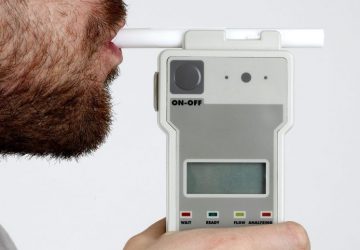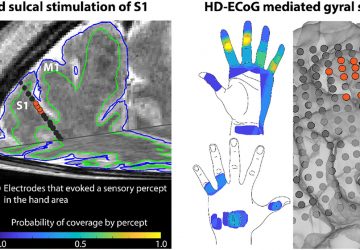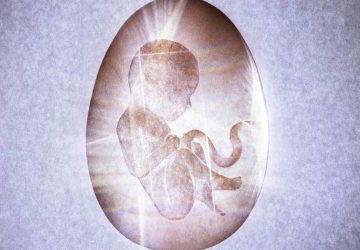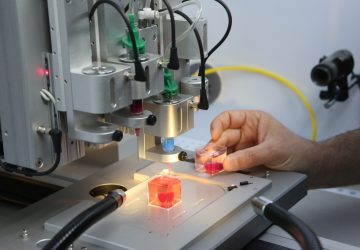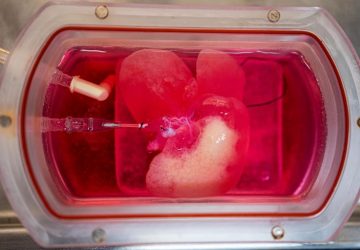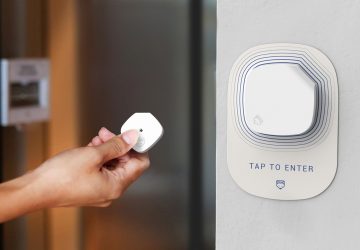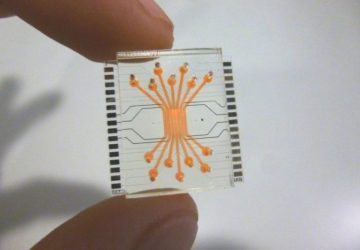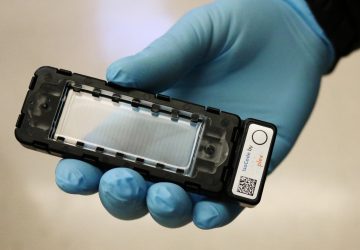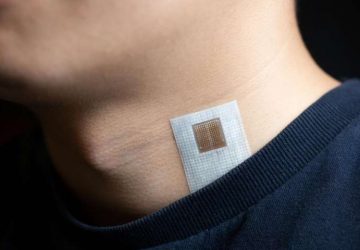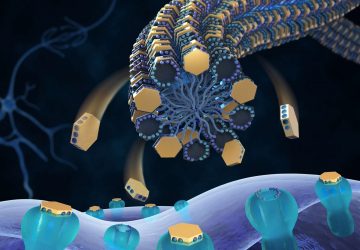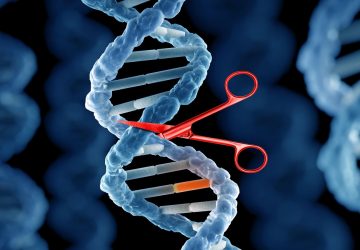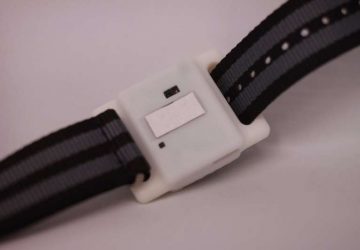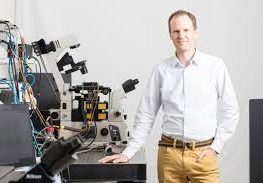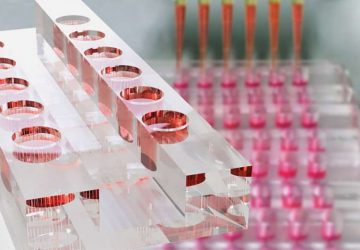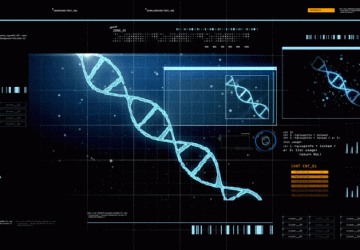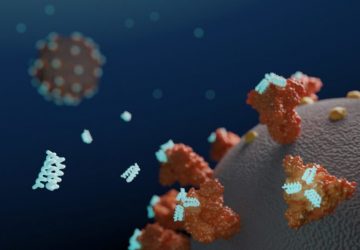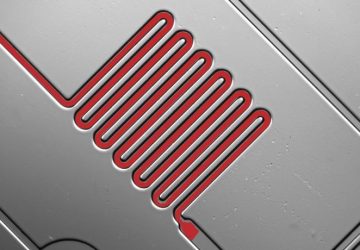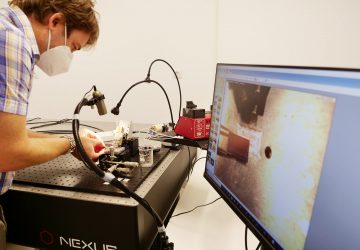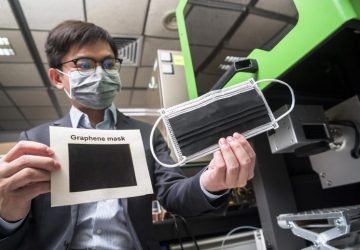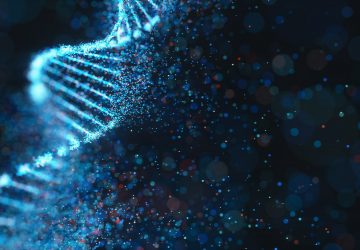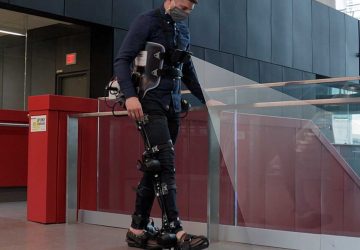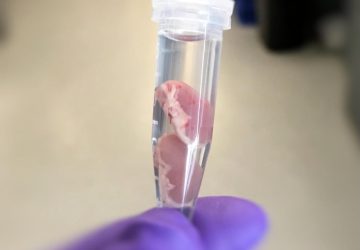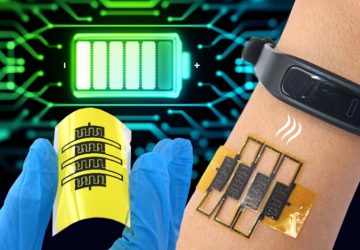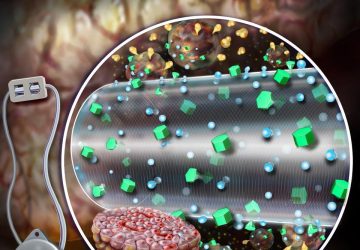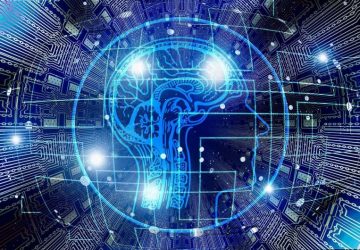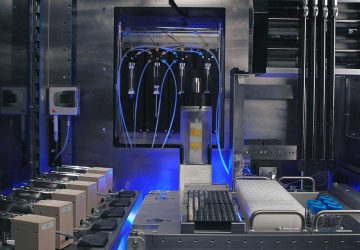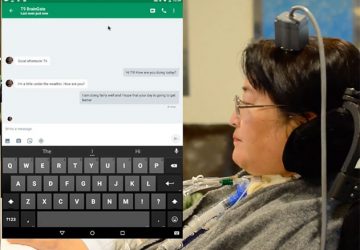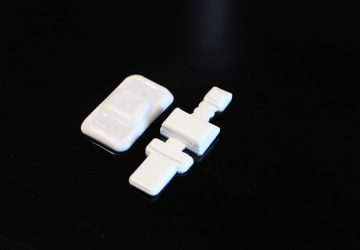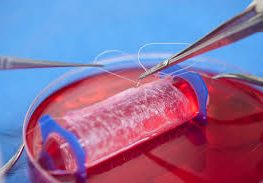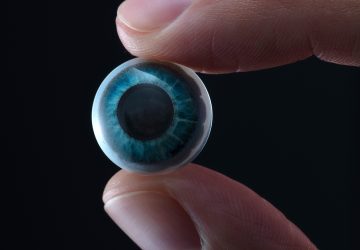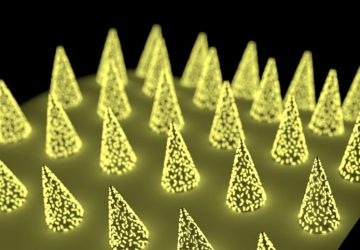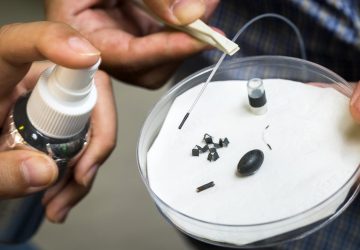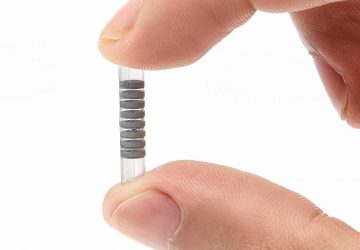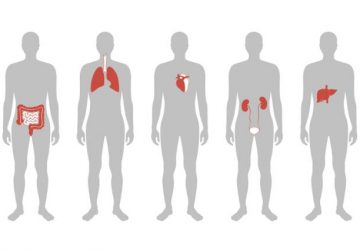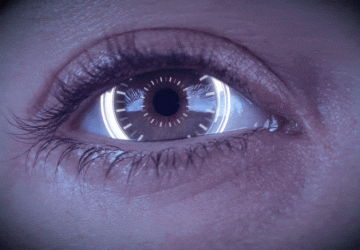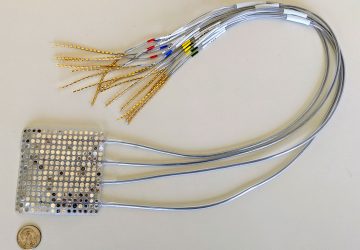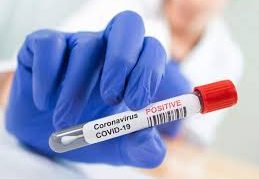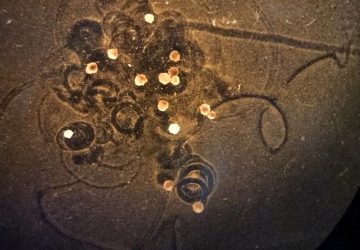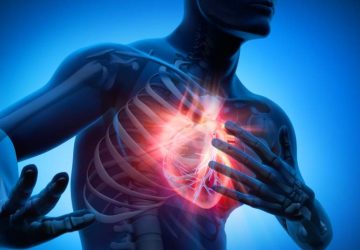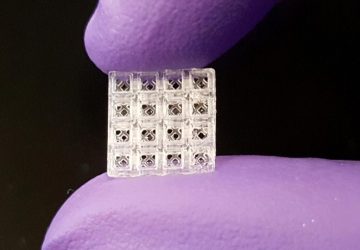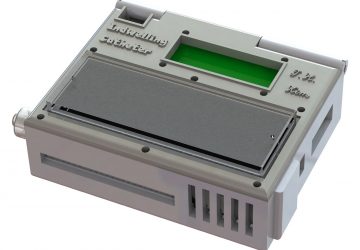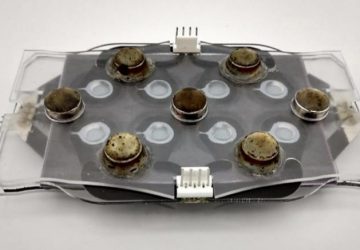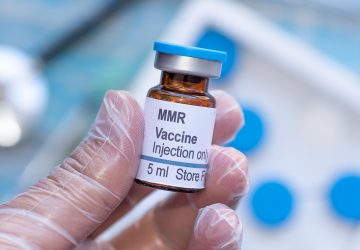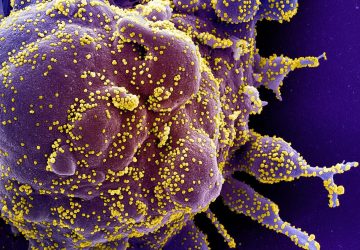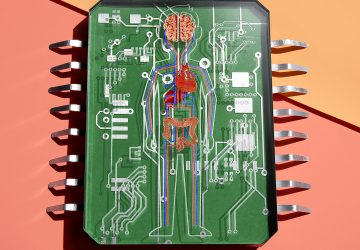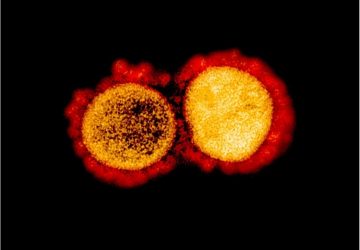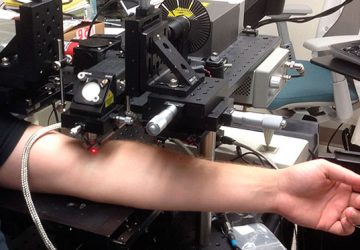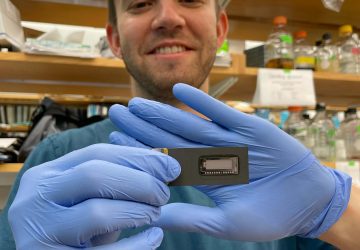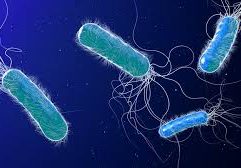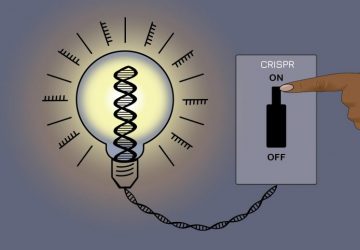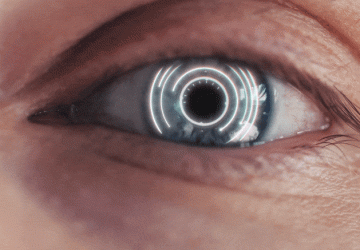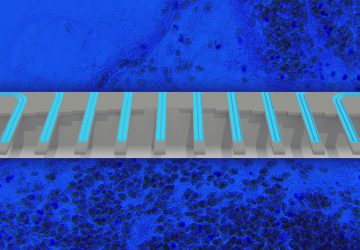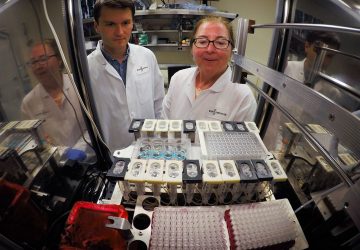Instant COVID Sensor to Prevent Outbreaks and Protect Communities RMIT University is collaborating with partners including Australian biomedical start-up Soterius on the biosensor, which can detect the presence of tiny amounts of the SARS-CoV-2 virus and its variants. Reliable, accurate and non-invasive, the Soterius Scout sensor can deliver results within a minute to provide the all-clear for someone to enter their work environment or alert them if they need to…
Read MoreAI with swarm intelligence learns to detect cancer, lung diseases and COVID-19
Communities benefit from sharing knowledge and experience among their members. Following a similar principle—called “swarm learning”—an international research team has trained artificial intelligence algorithms to detect blood cancer, lung diseases and COVID-19 in data stored in a decentralized fashion. This approach has advantage over conventional methods since it inherently provides privacy preservation technologies, which facilitates cross-site analysis of scientific data. Swarm learning could thus significantly promote and accelerate collaboration and…
Read MoreNew biochip technology for pharma research
In pharmaceutical research, small tissue spheres are used as mini-organ models for reproducible tests. TU Wien has found a way to develop a reliable standard for these tissue samples. Before drugs are tested in clinical trials, they must be tested either by animal experiments or, more recently, artificially produced tissue samples. For this purpose, cells are cultivated, and tiny spheres with a diameter of less than one millimeter are made….
Read MoreXenobots 2.0: Scientists Create the Next Generation of Living Robots
Artificial living organisms can move material in swarms and record information. Last year, a team of biologists and computer scientists from Tufts University and the University of Vermont (UVM) created novel, tiny self-healing biological machines from frog cells called “Xenobots” that could move around, push a payload, and even exhibit collective behavior in the presence of a swarm of other Xenobots. Get ready for Xenobots 2.0. The same team has…
Read MoreAdvanced Computer Model Enables Improvements to “Bionic Eye” Technology
Researchers at Keck School of Medicine of USC develop signals that could bring color vision and improved clarity to prosthesis for the blind. There are millions of people who face the loss of their eyesight from degenerative eye diseases. The genetic disorder retinitis pigmentosa alone affects 1 in 4,000 people worldwide. Today, there is technology available to offer partial eyesight to people with that syndrome. The Argus II, the world’s…
Read MoreRobotic Exoskeletons Could One Day Walk By Themselves
Engineers, using artificial intelligence and wearable cameras, now aim to help robotic exoskeletons walk by themselves. Increasingly, researchers around the world are developing lower-body exoskeletons to help people walk. These are essentially walking robots users can strap to their legs to help them move. One problem with such exoskeletons: They often depend on manual controls to switch from one mode of locomotion to another, such as from sitting to standing, or…
Read MoreSweat sensor could alert doctors, patients to looming COVID cytokine storm
Early in the COVID-19 pandemic, doctors recognized that patients who developed a “cytokine storm”—a surge of pro-inflammatory immune proteins—were often the sickest and at highest risk of dying. But a cytokine storm can also occur in other illnesses, such as influenza. Today, scientists report preliminary results on a sweat sensor that acts as an early warning system for an impending cytokine storm, which could help doctors more effectively treat patients….
Read MoreThe Ultimate Incubator: The Brave New World of Bionic Babies
The womb is home to the most complex feat of human biology: the transformation from embryo to fetus to baby. But that magnificent conversion would be impossible without the placenta, the life-giving organ that the developing fetus is tied to via the umbilical cord. Even before a woman knows she’s pregnant, the placenta swells in size, poised to serve as the fetus’s kidneys and liver until the fetus has its…
Read MoreGenetic Engineering 2.0: An On-Off Switch for Gene Editing
New, reversible CRISPR method can control gene expression while leaving underlying DNA sequence unchanged. Over the past decade, the CRISPR-Cas9 gene editing system has revolutionized genetic engineering, allowing scientists to make targeted changes to organisms’ DNA. While the system could potentially be useful in treating a variety of diseases, CRISPR-Cas9 editing involves cutting DNA strands, leading to permanent changes to the cell’s genetic material. Now, in a paper published online…
Read MoreCould your smartphone hold clues to early Alzheimer’s disease?
The development of a wearable to detect early Alzheimer’s and other neurodegenerative diseases years before symptoms show has taken a step closer to reality today, as UK charity Alzheimer’s Research UK announces a partnership with Boston University that will see the first digital data flowing into its global Early Detection of Neurodegenerative diseases (EDoN) initiative. The announcement comes as Alzheimer’s Research UK welcomes over 500 dementia researchers to its annual…
Read More
